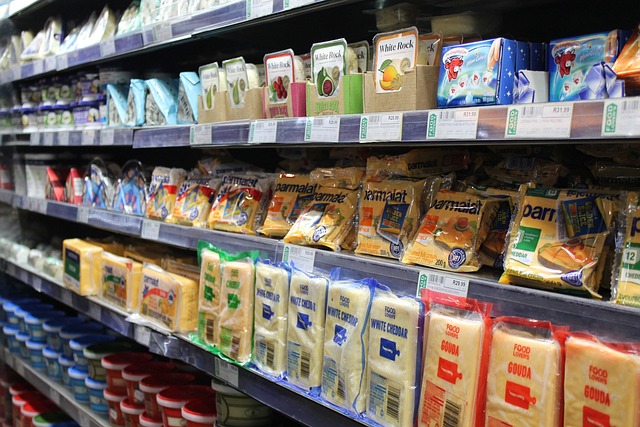Good morning to everyone! Here’s wishing you a healthy and blessed day for you and your loved ones. Today, let’s take a closer look at food labeling and how it can guide us in making healthier food choices. Food labels are more than just a list of ingredients—they’re a powerful tool for understanding the nutritional content of the food we consume. From calories to macro and micronutrients, food labeling systems provide essential information that helps consumers make informed choices.
Why Food Labeling Matters
Food labeling is an effective communication method that provides nutritional information about a product’s calories, fats, proteins, carbohydrates, vitamins, and minerals. By giving consumers quick access to this information, food labels support healthier eating habits. They help people make better choices for their health, understand portion sizes, and compare different foods to see which ones best meet their dietary needs.
In today’s world, where ready-to-eat foods and processed items are popular for convenience, it’s more important than ever to be aware of the nutritional content of these products. Labels help consumers identify healthier options, especially for those who need to manage specific dietary requirements, like low-calorie or high-fiber foods.
Key Components of Food Labels
Food labels generally provide the following essential information:
- Calories: Calories indicate the energy a food provides. Monitoring calorie intake is especially important for weight management. Labels list calories per serving, helping consumers understand how much energy they’re consuming.
- Macronutrients:
- Fats: This includes total fats, saturated fats, and sometimes trans fats. Saturated and trans fats are less healthy, while unsaturated fats are better for the heart and overall health.
- Proteins: Protein is essential for muscle maintenance and repair. Knowing the protein content is particularly useful for individuals following fitness plans or high-protein diets.
- Carbohydrates: Carbs are a primary energy source. Labels often show total carbs, dietary fiber, and sugars. High-fiber foods are beneficial for digestion, while excessive sugars should be minimized.
- Micronutrients:
- Vitamins and Minerals: Essential vitamins like A, C, and D, along with minerals like calcium, iron, and potassium, are often highlighted on labels. These nutrients support various bodily functions, such as immune health, bone strength, and oxygen transport.
- Serving Size: Serving size is crucial for interpreting the nutritional information. It’s easy to assume a product is low in calories or sugar, only to realize that the label shows the values per small serving rather than the whole package. Being aware of serving sizes helps consumers avoid accidental overeating.
- Additional Information: Food labels may also indicate allergens, preservatives, and any artificial additives. This is particularly important for people with allergies or those who prefer cleaner, additive-free diets.
Benefits of Using Food Labels for Healthier Choices
Reading food labels can provide several benefits:
- Promotes Informed Choices: Labels make it easier to select foods that align with health goals. For instance, a person looking to lower cholesterol can avoid items high in saturated and trans fats.
- Supports Weight Management: By understanding calorie and nutrient content, consumers can manage portion sizes and daily caloric intake.
- Improves Nutrient Intake: People can use labels to find foods rich in essential vitamins, minerals, and fiber to support overall health.
- Reduces Health Risks: Labels can help avoid foods high in added sugars, sodium, or unhealthy fats, lowering the risk of chronic conditions like heart disease, diabetes, and obesity.
Example: Ready-to-Eat Food Labels and Calorie Awareness
Take a ready-to-eat meal, for example. The label might show that one serving contains 200 calories, but the package has three servings, totaling 600 calories. Without reading the label, you might unknowingly consume three times the intended amount. Being aware of calorie content and serving sizes helps avoid such situations and makes it easier to stay within your daily calorie limit.
Disclaimer: General Information Only
It’s essential to note that this information is for general purposes only. It’s not intended to replace professional medical advice or a doctor’s guidance. Always consult your healthcare provider if you have specific health concerns or dietary needs.
Be Healthy and Be Happy!
By understanding and using food labels, you can make healthier choices that support your well-being and bring you one step closer to a balanced lifestyle. So, next time you pick up a packaged food item, take a moment to read the label and see what it offers. Here’s to a healthier, happier you!



Pingback: Majority of US Baby Foods Fall Short of WHO Nutrition Guidelines, Study Reveals - Wellness Readers Digest